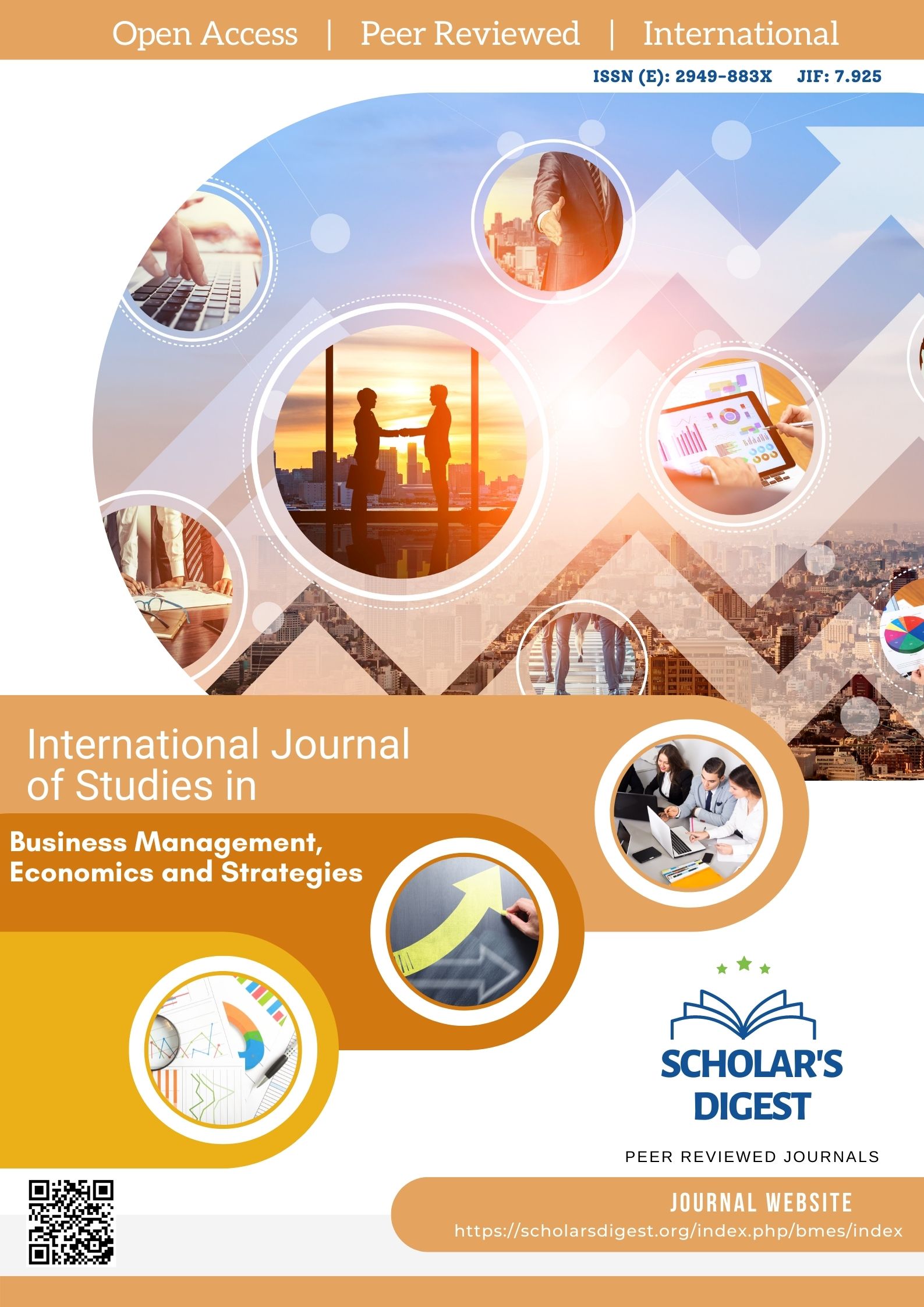PENSION MODELS: FORMATION AND DEVELOPMENT
Abstract
International Labor Organization report on global social protection in 2020-2022 notes that “Among all social payments, pensions play an important role in reducing poverty, especially among the elderly, and are the only source of income for most pensioners”[1]. Also, “in many countries, since the number of contributions is not enough to meet their obligations, the financing of pension payments is increasingly dependent on the State budget, and the cost of covering the deficit is from 1% to 5% of the GDP”[2]. “At the moment, 77.5% of people of retirement age worldwide are provided with an old-age pension”[3]. There are significant differences in pension provision between regions, between rural and urban areas, and between women and men. There are still problems related to establishing an effective pension system, increasing the financial stability of pension funds, and ensuring the minimum international standards (level) of social security in the countries that are members of the Commonwealth of Independent States (CIS). For this reason, in most countries of the world, special attention is being paid to the creation and improvement of the multi-level pension system, development based on the requirements for ensuring the minimum international standards of social security.








